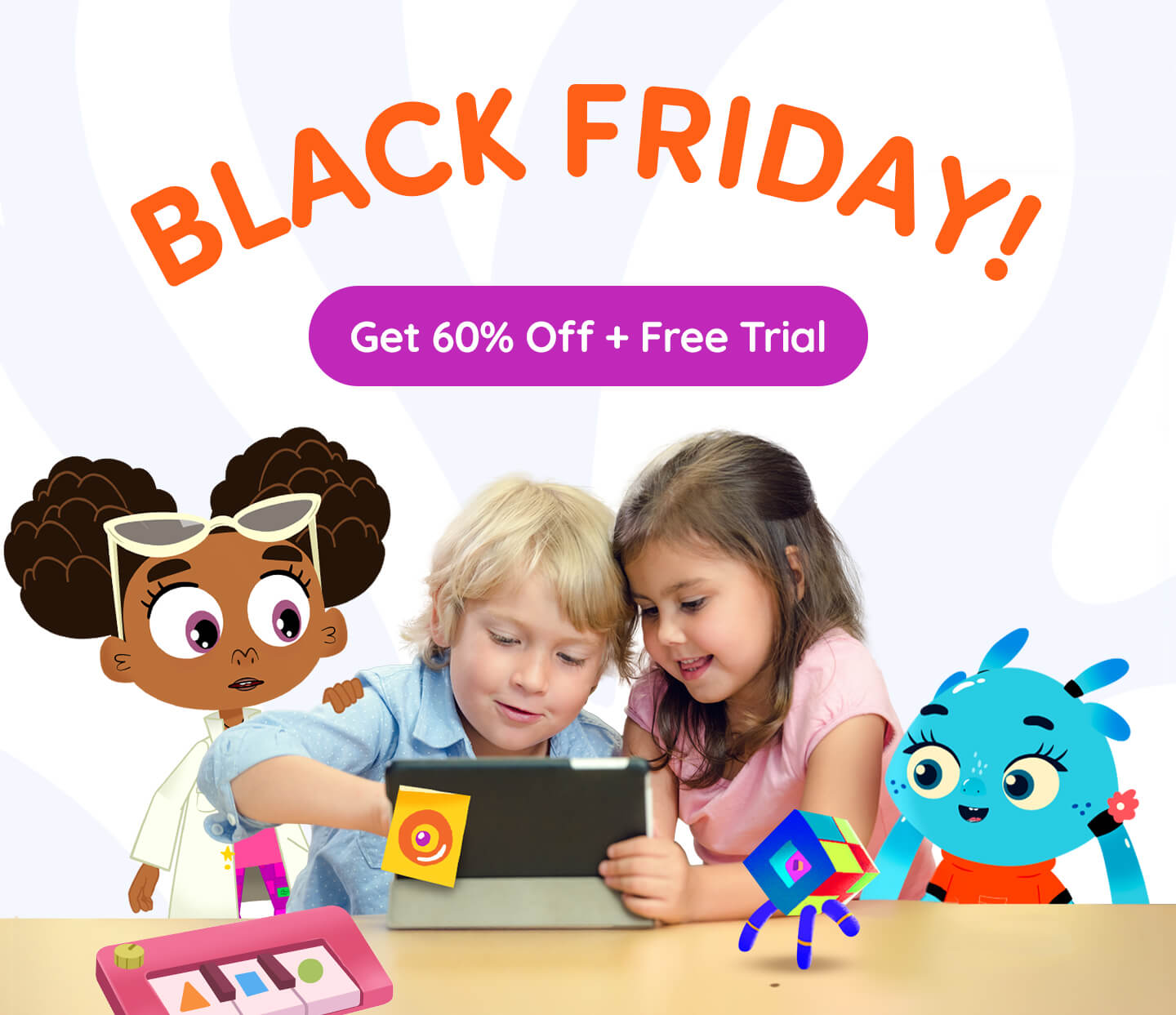Curriculum
Understanding Purpose in On-level Texts
Children will read on-level text with purpose and understanding. For example, when reading a story appropriate for their grade level, they will be able to identify the main idea and details, make predictions about what might happen next, and ask questions about the text. During reading activities, they might discuss the characters and settings, or summarize the story in their own words to demonstrate their comprehension.
Recognizing Final -e and Vowel Team Conventions
Children will know the final -e and common vowel team conventions for representing long vowel sounds. For example, they will understand that the final -e in words like "cake" and "bike" signals that the vowel sound is long (the "a" in "cake" sounds like /Ä/ and the "i" in "bike" sounds like /Ä«/). They will also recognize vowel teams such as "ai" in "rain," "ea" in "team," and "oa" in "boat," which also represent long vowel sounds.
Counting Syllables
Children will use the knowledge that every syllable must have a vowel sound to determine the number of syllables in a printed word. For example, they will examine words like "banana," "table," and "happy," recognizing that each syllable contains a vowel sound. They might clap for each syllable as they say the word aloud, helping them to identify that "banana" has three syllables (ba-na-na) and "table" has two syllables (ta-ble).
Decoding Two-Syllable Words
Children will decode two-syllable words by breaking the words into syllables and following basic patterns. For example, they will learn to recognize and pronounce words like "happy," "basket," and "sunset" by dividing them into syllables (hap-py, bas-ket, sun-set)
Reading Words with Inflectional Endings
Children will read words with inflectional endings. For example, they will be able to read words like "walking," "jumped," "cats," and "happier," recognizing how the endings change the meaning of the base word. During reading activities, they might enter sentences or short stories that include these words, and they will practice by sounding them out and understanding how the endings affect the verb tense or indicate plurals and comparisons.
Recognizing Irregularly Spelled Words
Children will recognize and read grade-appropriate irregularly spelled words. For example, they will be able to read words such as "said," "where," "come," and "live" without relying solely on phonetic decoding, as these words do not follow standard spelling patterns.
Reading with Accuracy and Fluency
Children will read with sufficient accuracy and fluency to support comprehension. For example, as they read aloud, they will focus on pronouncing words correctly, using appropriate pacing, and applying expression to ensure that they understand the text. They might practice reading familiar stories or grade-level texts multiple times to build their confidence and fluency.
Comprehension and Collaboration
Children will follow agreed-upon rules for discussions, such as listening to others and taking turns speaking about the topics and texts under discussion.For example, during a classroom discussion, they will practice waiting for their turn to speak and expressing their thoughts by saying things like, "I like what you said about the story," or "I have a different idea."
Comprehension and Collaboration
Children will be able to continue a conversation through multiple exchanges. For example, during a discussion about their favorite animals, if one child says, "I like dogs," another child might respond, "I like dogs too! What kind of dog do you have?" The first child could then reply, "I have a golden retriever. What about you?"
Continue a conversation through multiple exchanges.
Children will confirm their understanding of a text read aloud or information presented orally or through other media by asking and answering questions about key details and requesting clarification if something is not understood.** For example, after listening to a story, a child might ask, "Why did the character feel sad?" or "What happened after that?" They will also learn to respond to questions from peers or the teacher, such as saying, "I think the story means..." or "Can you tell me more about that part?" If they don't understand something, they might say, "I don’t get what that means. Can you explain it again?" This practice helps them engage actively with the text and enhances their comprehension skills.
